Time Team returns to fans’ delight – with University of Chester professor leading the hunt
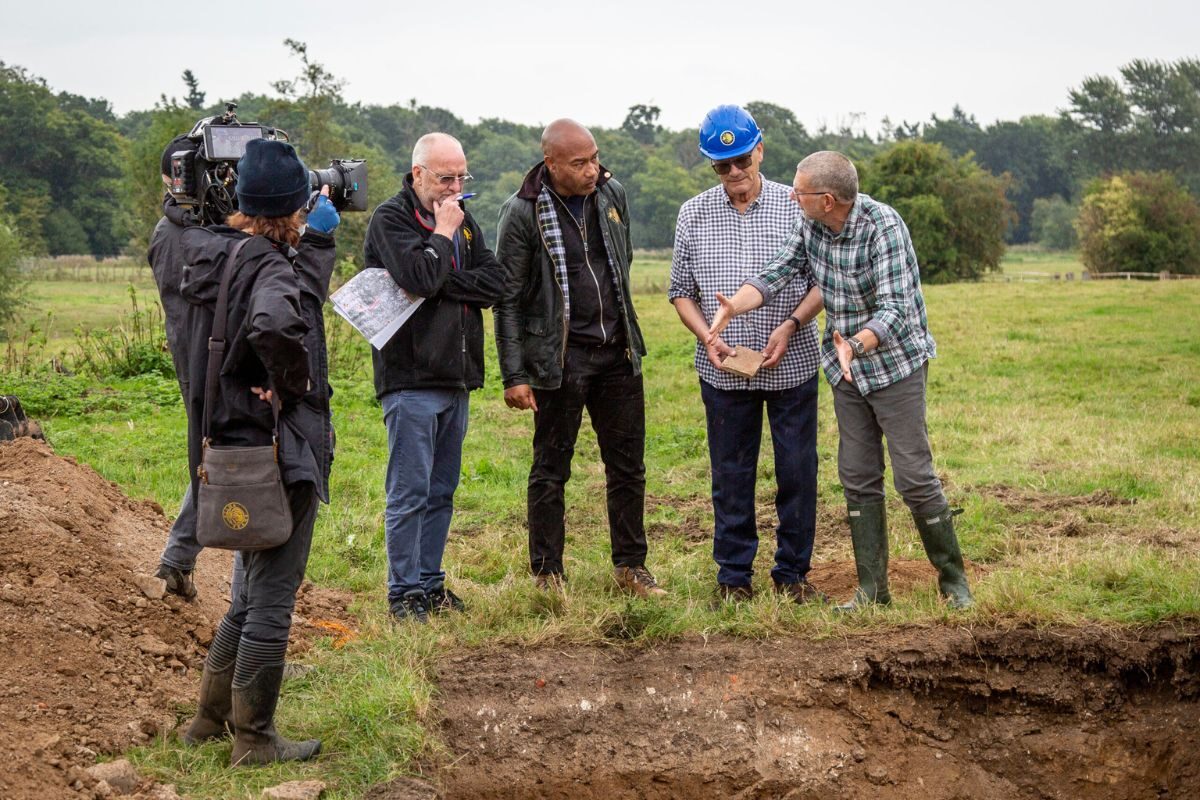
Time Team returns to fans’ delight – with University of Chester professor leading the hunt for a Knights’ Hospitallers preceptory at Halston Hall in Shropshire
Professor Stewart Ainsworth, who made the discovery, said “this is one of the most important discoveries made in recent years – a lost Knights Hospitallers’ site dating back to the time of the Crusades.”
In three new Time Team episodes recently premiered, its experts gathered together to investigate what Professor Stewart Ainsworth, Time Team’s resident landscape archaeologist, believes to be the site of the lost medieval community of Knights and brethren belonging to the Order of Knights of the Hospital of Saint John of Jerusalem.
Using digital data captured from latest-technology aerial laser scanners, Professor Ainsworth was able to identify the site of an unrecorded moat which may once have defined the preceptory. Within that long-since dried up moat, stood a beautiful, but mysterious half-timbered chapel, the exact date of which had always remained uncertain – but no longer thanks to the help of Time Team.
The Time Team episodes have received incredible feedback from fans, with online comments and well wishes including “wonderful to see the old team back in action and to see the new members too”, “marvellous” and “exceptional”. Within one week of broadcast 479,000 views of the episodes on the Time Team Digital Youtube channel had been recorded worldwide.
The three-part programme, filmed last year, reveals the history of the site and the chapel in the grounds of the private Halston Hall estate, with clues leading back to the medieval period. Although known from historical documents, including an inventory of 1338, the precise site and extent of the preceptory had never been firmly located, although there had been much speculation. As well as providing care and charity to travellers, preceptories such as Halston provided financial support to pay for the Crusades to Jerusalem.
Finds revealed by the Time Team excavations from the time of the Knights Hospitallers included medieval decorated floor tiles and elaborate roof decoration, pottery and a decorative stud from a horse harness, as well as part of a possible gatehouse and cobbled yard. Other significant periods were represented in finds and structures related to the use of the site after the dissolution of the preceptory in 1543 during Henry VIII’s reign. These indicated subsequent use of the moated site and some of the buildings as a manor house owned by the Mytton family, including evidence of previously unknown elaborate formal gardens. A ‘virtual’ museum of the site finds was created by the digital specialists.
The Time Team’s buildings specialist, Richard K Morriss, was able to finally ‘nail’ the date of the chapel to the 15th century – firmly within timeline of the Knights Hospitallers on the site. Discoveries in the chapel also included a stone sarcophagus that could have been a Knights Hospitaller coffin and a Saxon font.
Using a special camera to delve into the Mytton Family crypt, the experts found a coffin believed to be that of ‘Mad Jack’ Mytton’s, an eccentric Shropshire squire who lived at Halston Hall. The experts also found what they thought could be the skin of a bear, and one of the most famous stories about Mytton involved him riding into his own drawing room on a bear which he kept at home.
Stewart Ainsworth, a Visiting Professor in Landscape Archaeology at the University of Chester, said:
“The public online response to these episodes has been incredible and shows how much thirst there is for heritage. Thanks to the skill and tenacity of the experts in Time Team, and the enthusiasm and support of the owners at Halston Hall, the archaeology and history of this Knights Hospitallers’ site has been revealed.”
The Time Team return was made possible using a crowdfunding platform called Patreon and the episodes, which premiered at the end of March, can be watched on the Time Team Official YouTube channel and at: https://www.timeteamdigital.com/news/new-episode-%7C-knights-hospitaller-preceptory.
Time Team also welcomed in youngsters from the local schools and Young Archaeology Club to help with the digging, and the University of Chester Digital on Tour Team.
First airing on Channel 4 in 1994, Time Team became one of the UK’s most beloved and long-running TV shows. The ground-breaking history series presented by Tony Robinson helped to popularise the field of archaeology and has since been watched in more than 40 countries worldwide.
With the overwhelming support of their Patreons, Time Team has returned in an online version of the series, with presenter Dr Gus Casely-Hayford OBE, following the same pattern as the beloved Channel 4 programme that ran for 20 years until 2014.
The new episodes are entirely funded by Time Team’s fans via the platform Patreon (https://www.patreon.com/TimeTeamOfficial). The new episodes are two to three times longer per dig, with additional interviews, behind-the-scenes insights, 3D models, masterclasses and interactive ‘aftershow’ Q&As with the team on Patreon and YouTube.
Professor Ainsworth contributes to a number of undergraduate archaeology modules at the University of Chester which includes University Centre Shrewsbury in Shropshire.


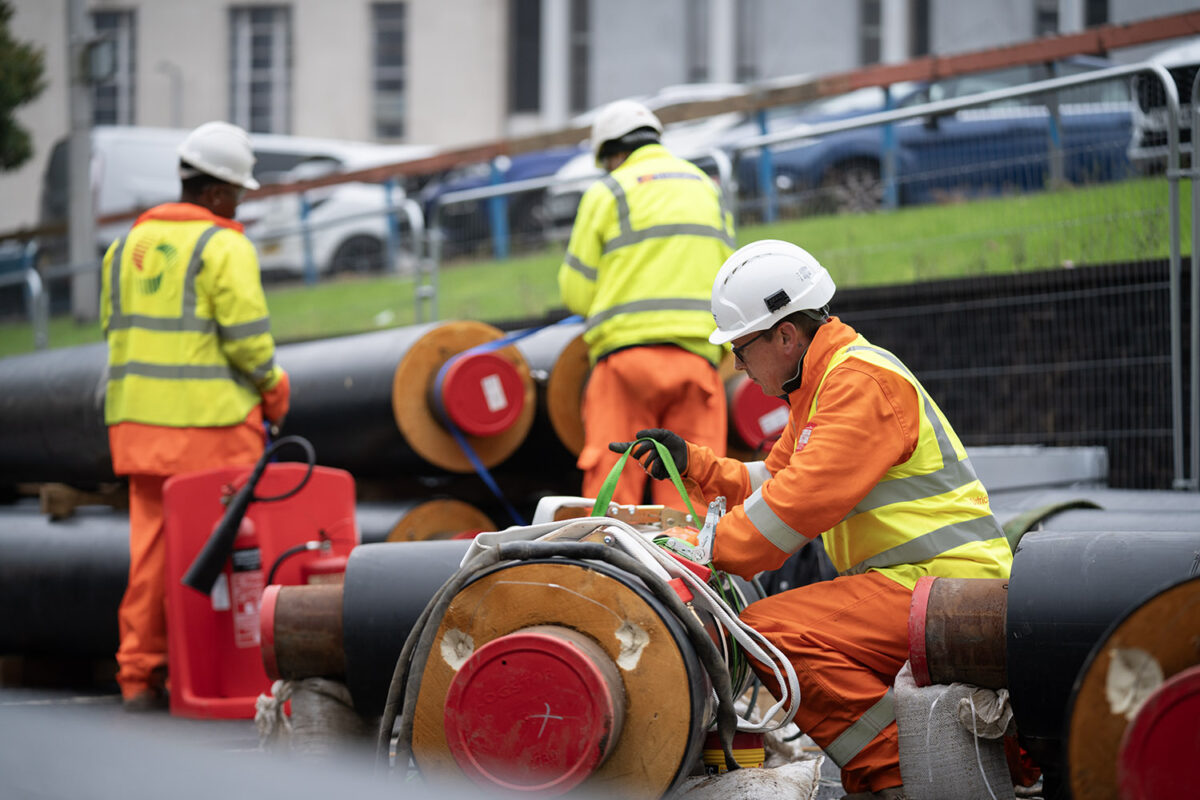


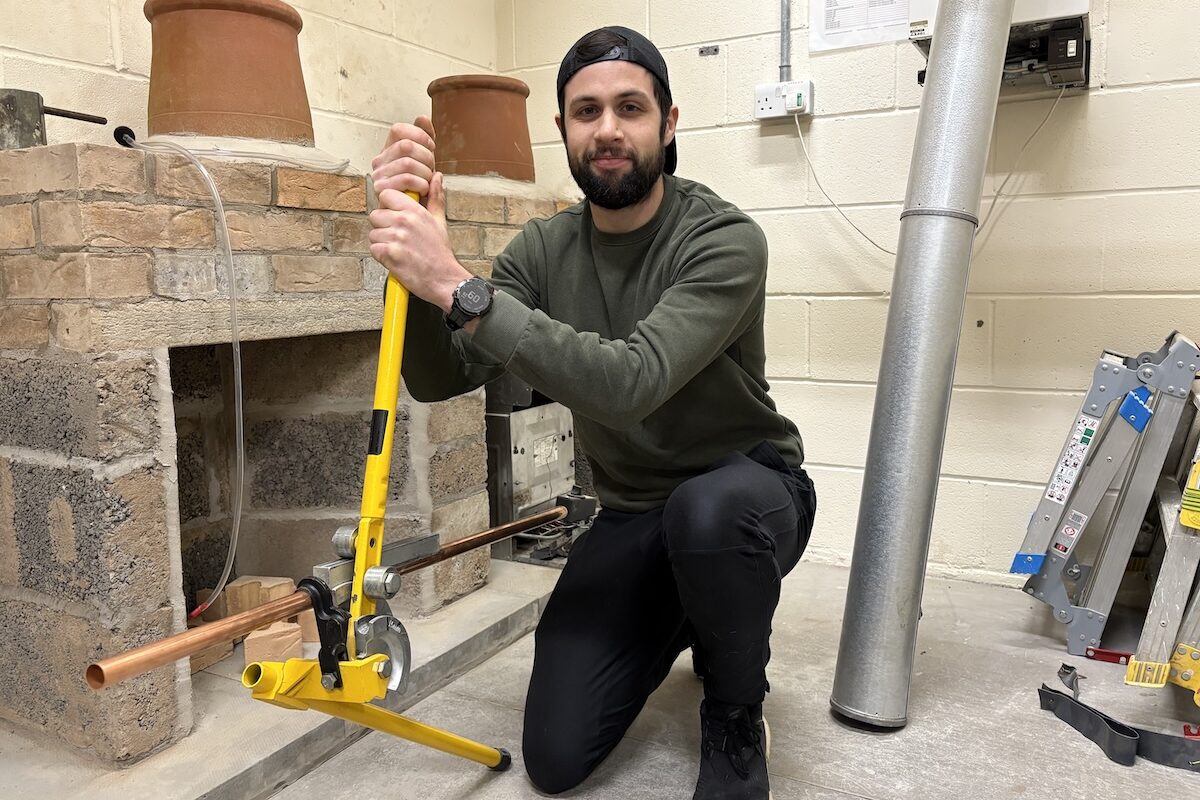

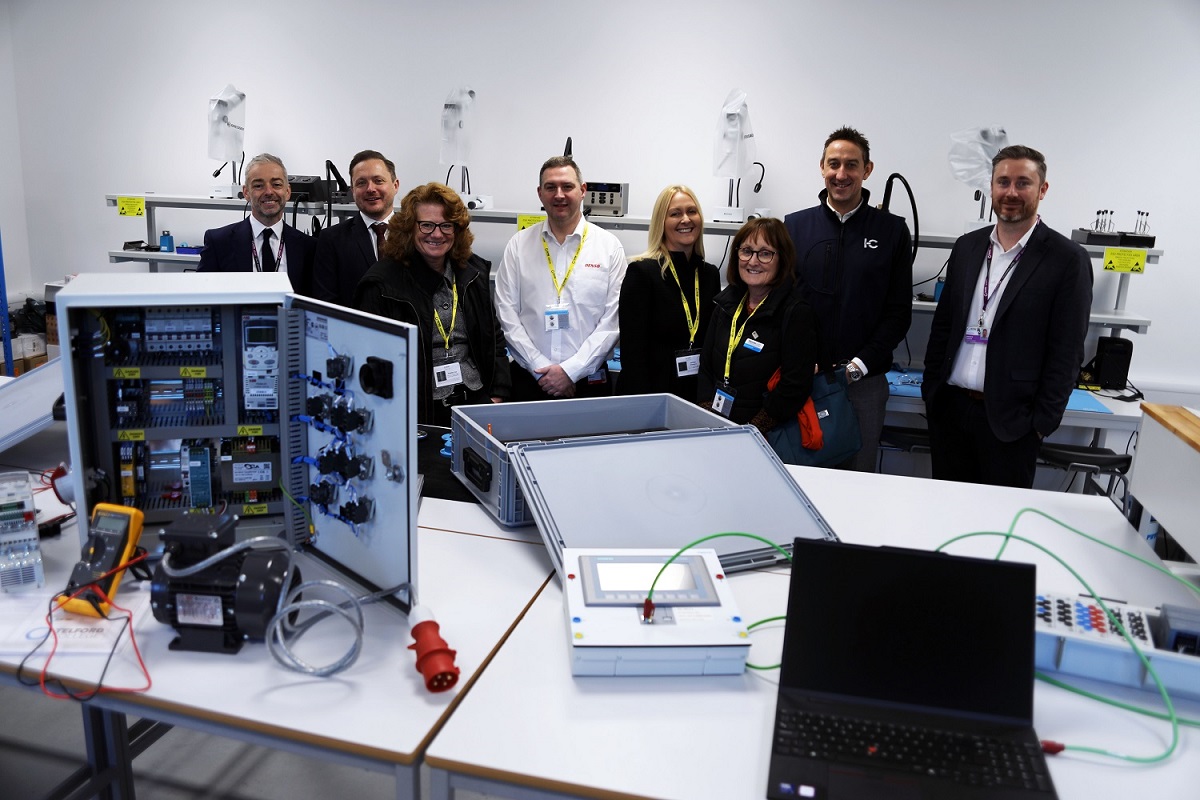


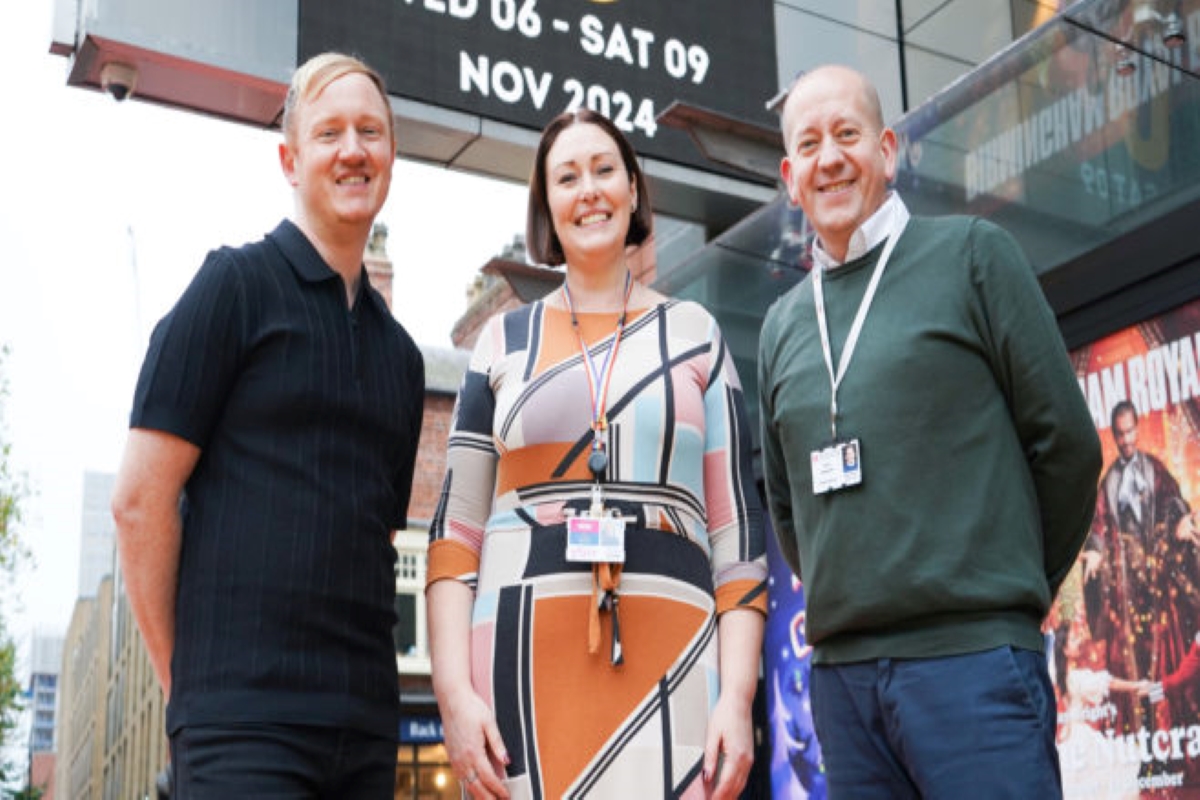
Responses